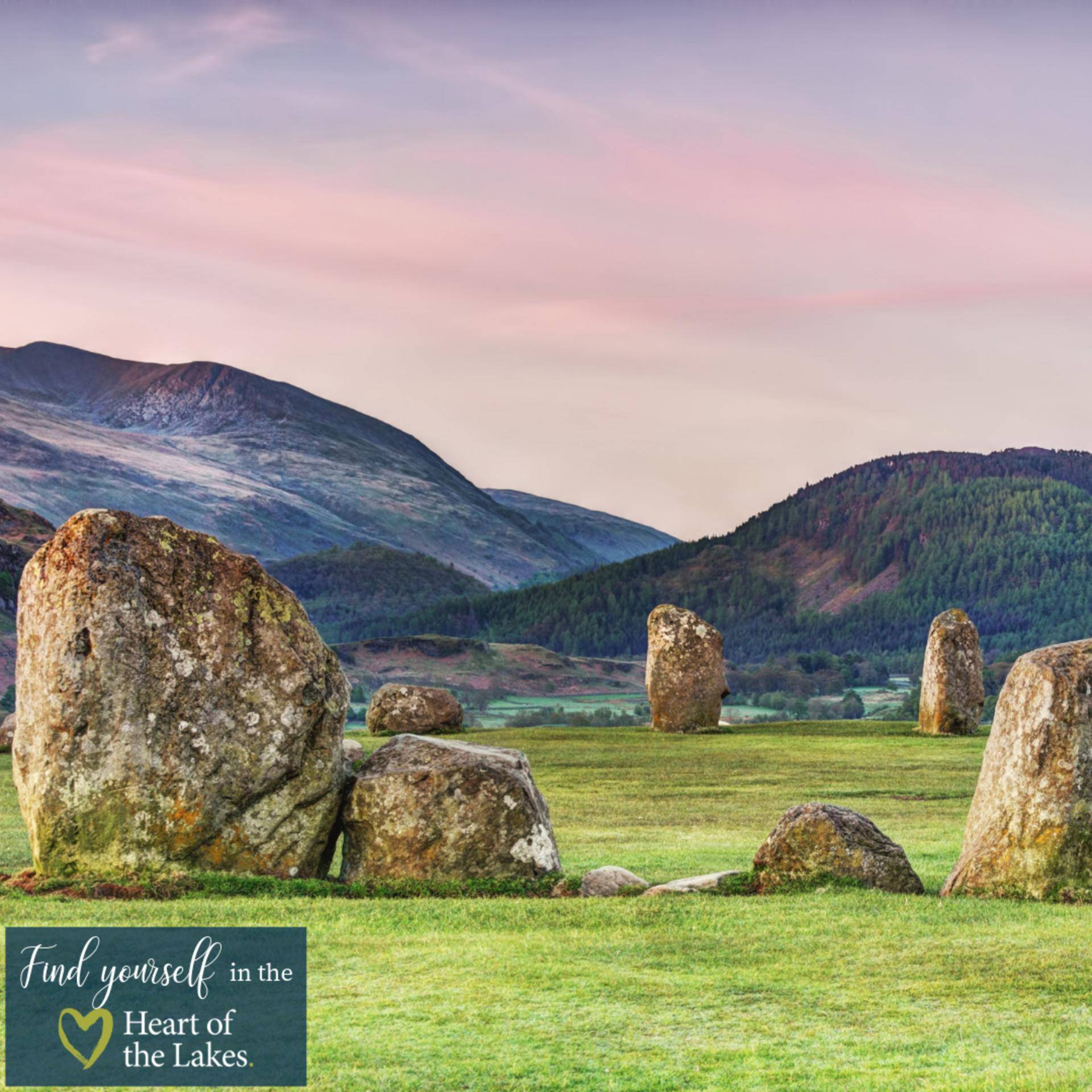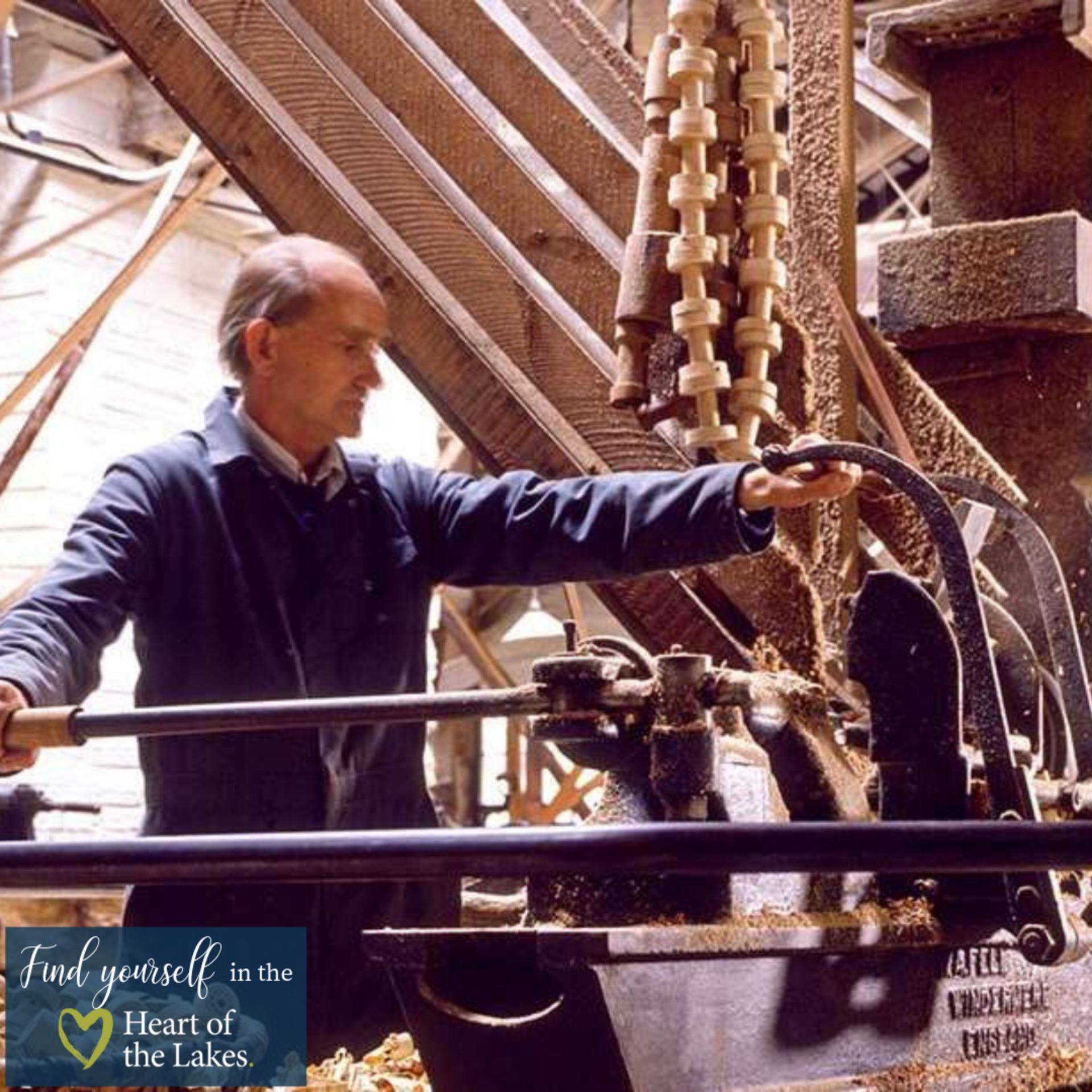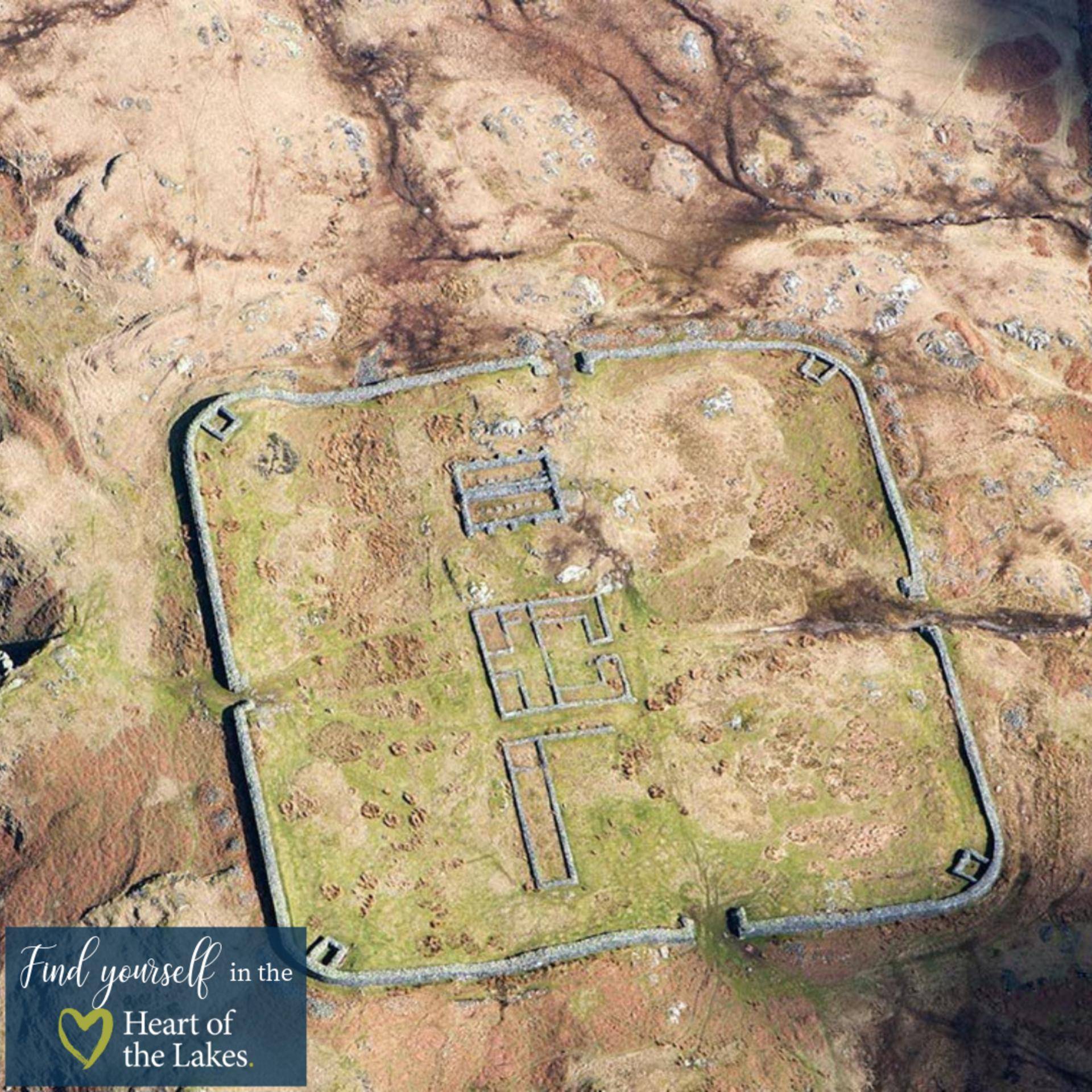Cumbria and the Lake District have a wealth of historic sites. And you may not have known that the Cumbrian Landscape has an industrial heritage too. Theres plenty of history to uncover here, the ideal destination for those who love culture, history and conservation.
Castlerigg Stone Circle
The most dramatically sited and atmospheric of all British stone circles.
Embark on a short 30 minute walk from Keswick and arrive at one of Britains most impressive prehistoric monuments.
With Castlerigg Fell and Helvellyn to the South, Skiddaw and Blencathra to the North, an amphitheatre of magnificent mountains and panoramic views surround this ring of 38 stones.
However, its not just the backdrop and stunning location that crowns Castlerigg as one of Britains most important stone circles. It is also the fact that the monument is one of the earliest of its kind, constructed by Neolithic farming communities in about 3000BC.
And although there are over 300 stone circles in Britain, nothing quite compares to Castlerigg .

Castlerigg is found on land owned by the National trust, one of the first ancient sites bought and given to the National Trust for protection, and now managed by English Heritage.

Stott Park Bobbin Mill
Visit the last working Bobbin Mill in the UK and get a real taste of Cumbrias industrial past.
Nestled on the shores of Englands largest Lake (Windermere), Stott Park Bobbin Mill is renowned as one of the best visitor attractions in the Lakes, winning silver in the Best Small Attraction of the Year Award by Cumbria Tourism.
In its heyday, Stott Park produced over a quarter of a million wooden bobbins each week – thanks to the 250 strong workforce who provided unparalleled support to the spinning and weaving industries in Lancashire.
Today you can see the live process of how Bobbins are made by taking a guided tour around the mill. And whilst youre here, you can uncover the rich history of the Mill by taking a wander around the open-air exhibition in the Old Coppice Barn.
Theres plenty to keep the little ones entertained, dressing up and imagining what life was like working at the Mill is a childrens favourite! Youll also have the opportunity to explore the native bluebell woodland nearby by following the kids trail.
Its no surprise that there are plenty of beautiful walks around Stott Park if you wish to stretch your legs a little further after your visit to the mill an amble up to High Dam means youll uncover the place that used to provided water to the mill..
Hardknott Roman Fort
Follow in the footsteps of the Romans and discover Hardknott Roman Fort.
This is one of the most remote and dramatically sited Roman forts in Britain, accessed only by a journey along the precarious Hardknott pass. The small, three-acre fort at Hardknott once enjoyed command of the Eskdale Valley as well as the Roman road that stretches West to Ravenglass.
Today you can uncover the well-marked remains of the fort, including the commandants house, headquarters building and bath house , that were utilised until the forts demilitarisation in the 130s.
However, the many objects that have been discovered around the fort suggest that the ruins offered temporary shelter to passing travellers and patrols long after it was uninhabited by roman military.
